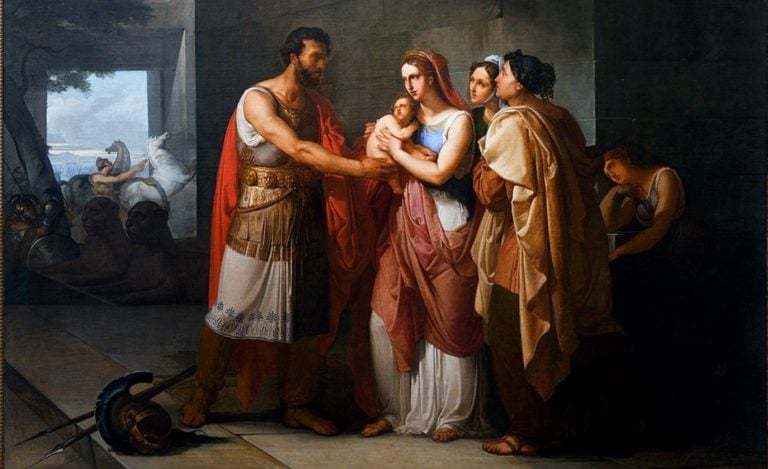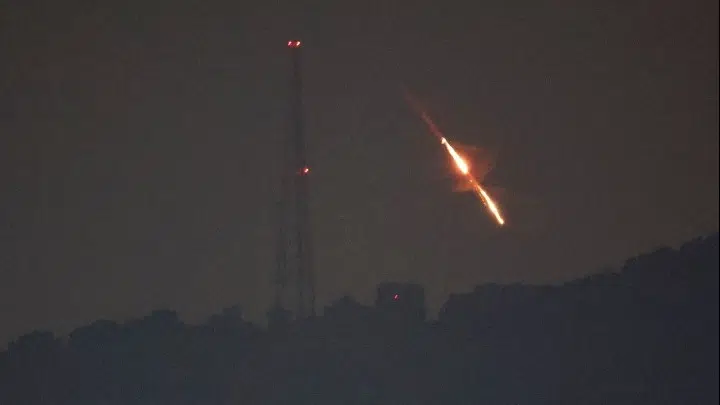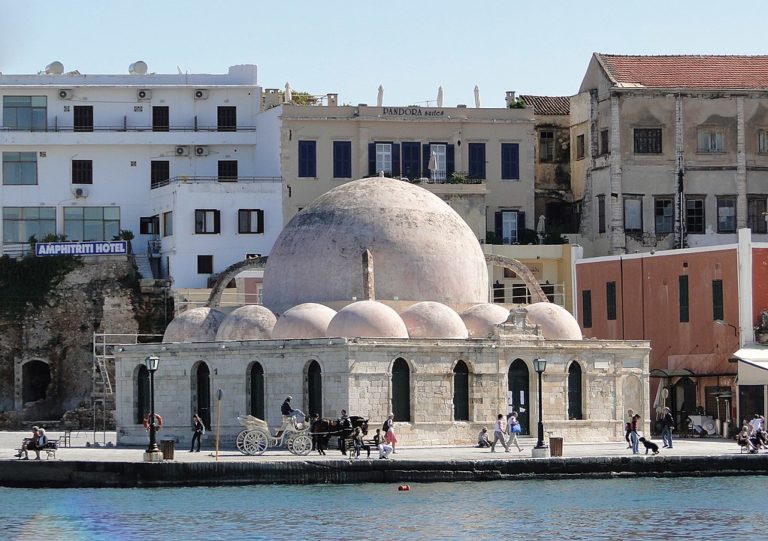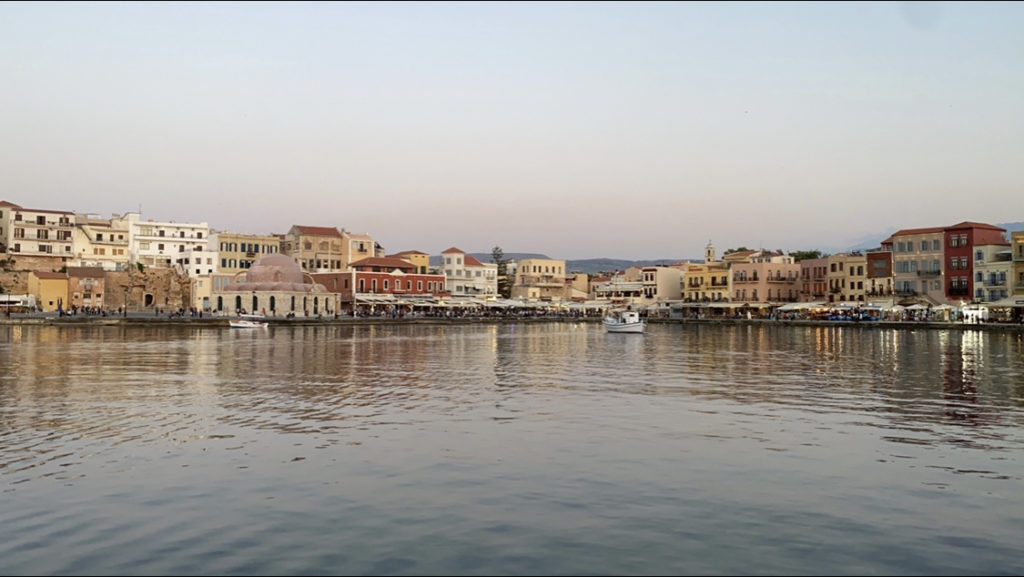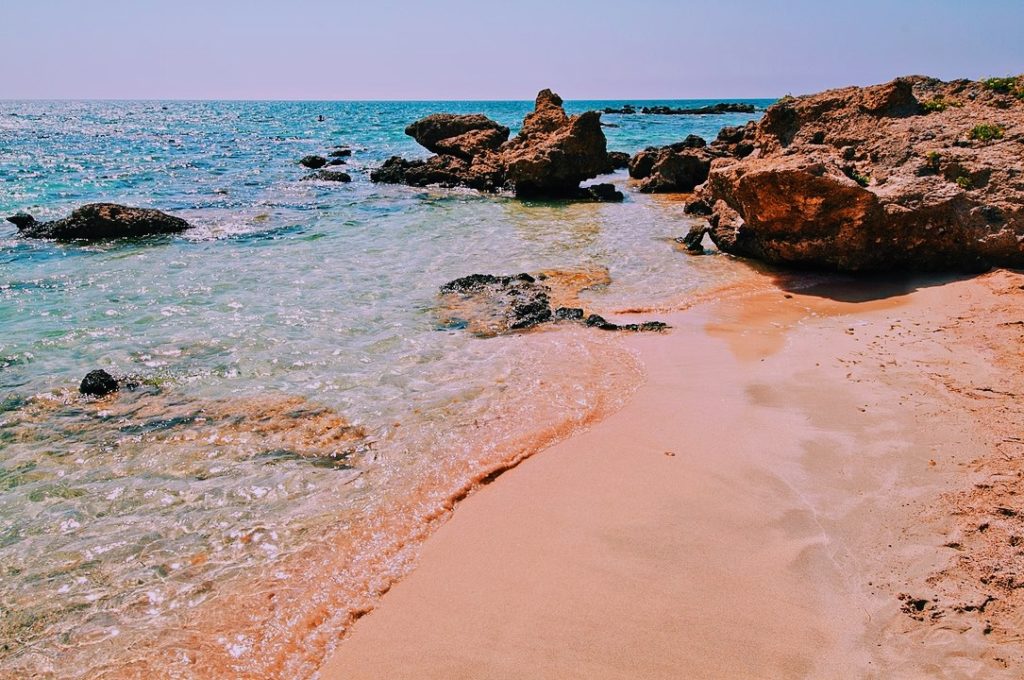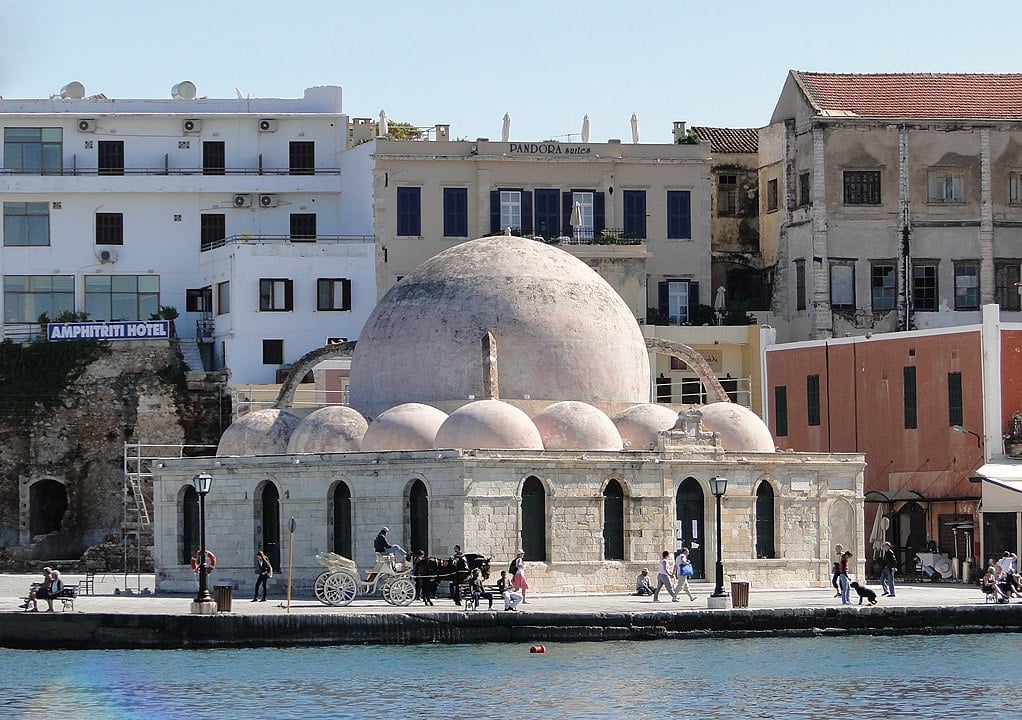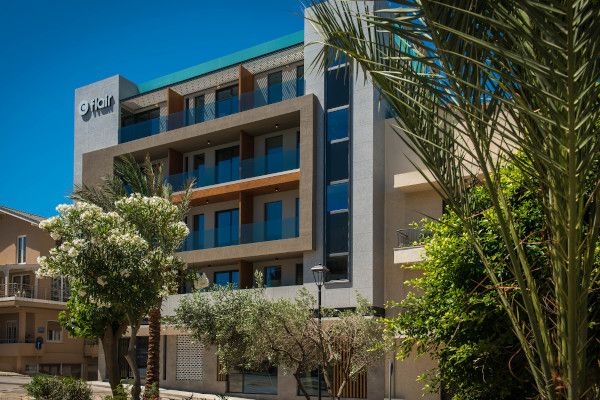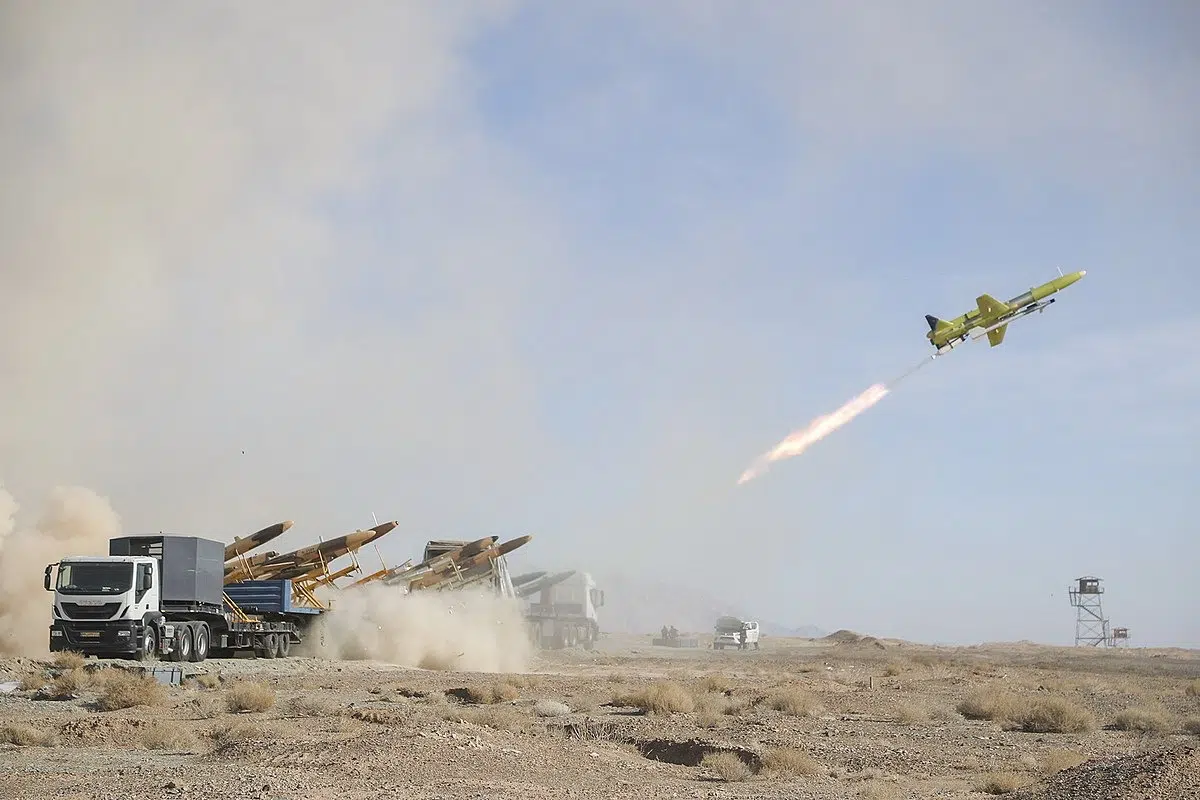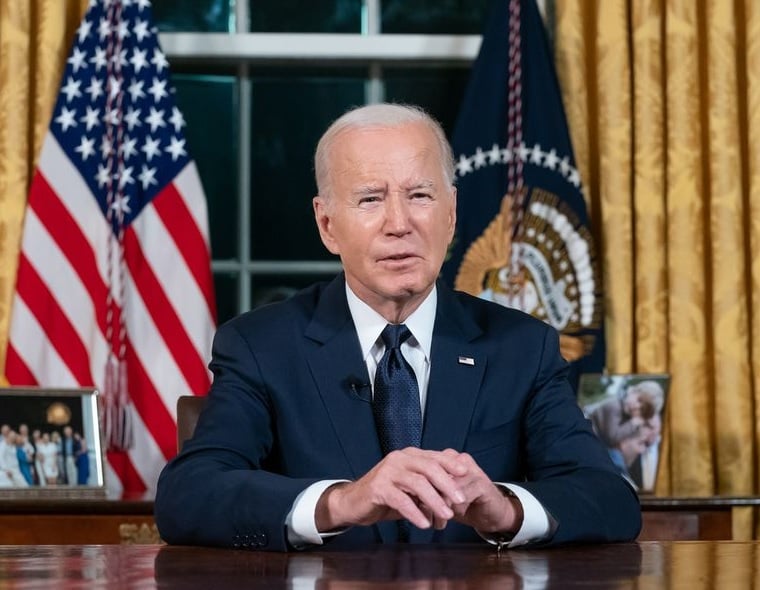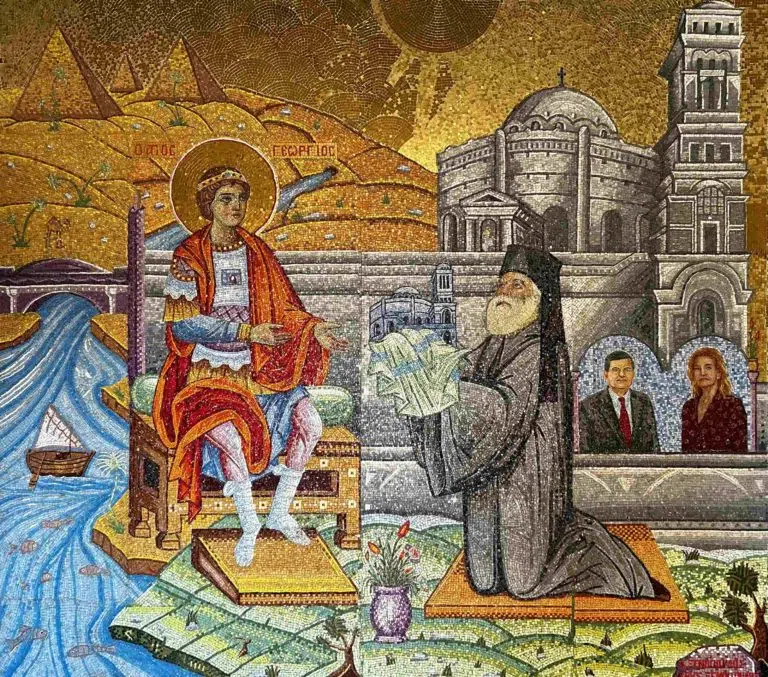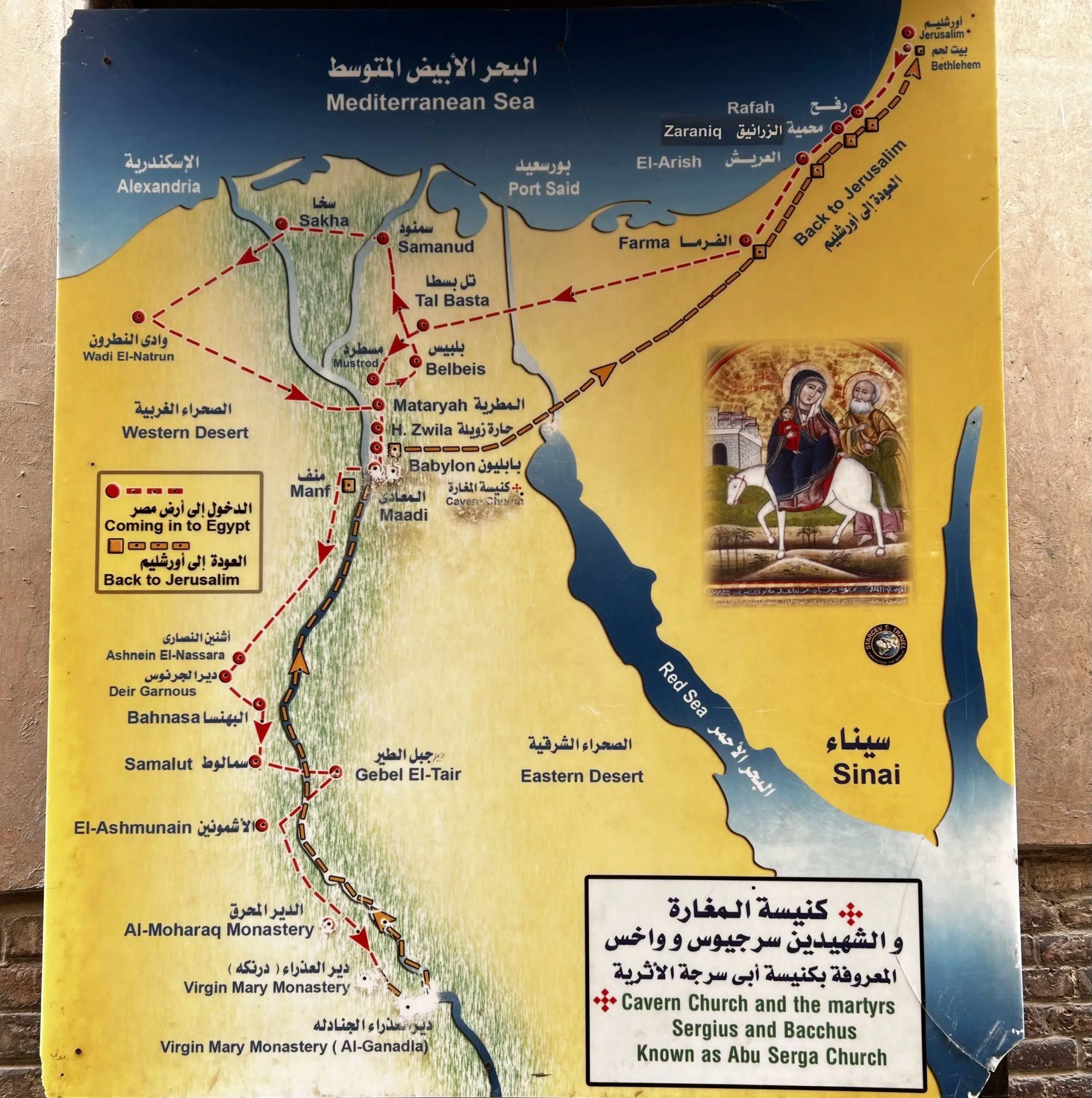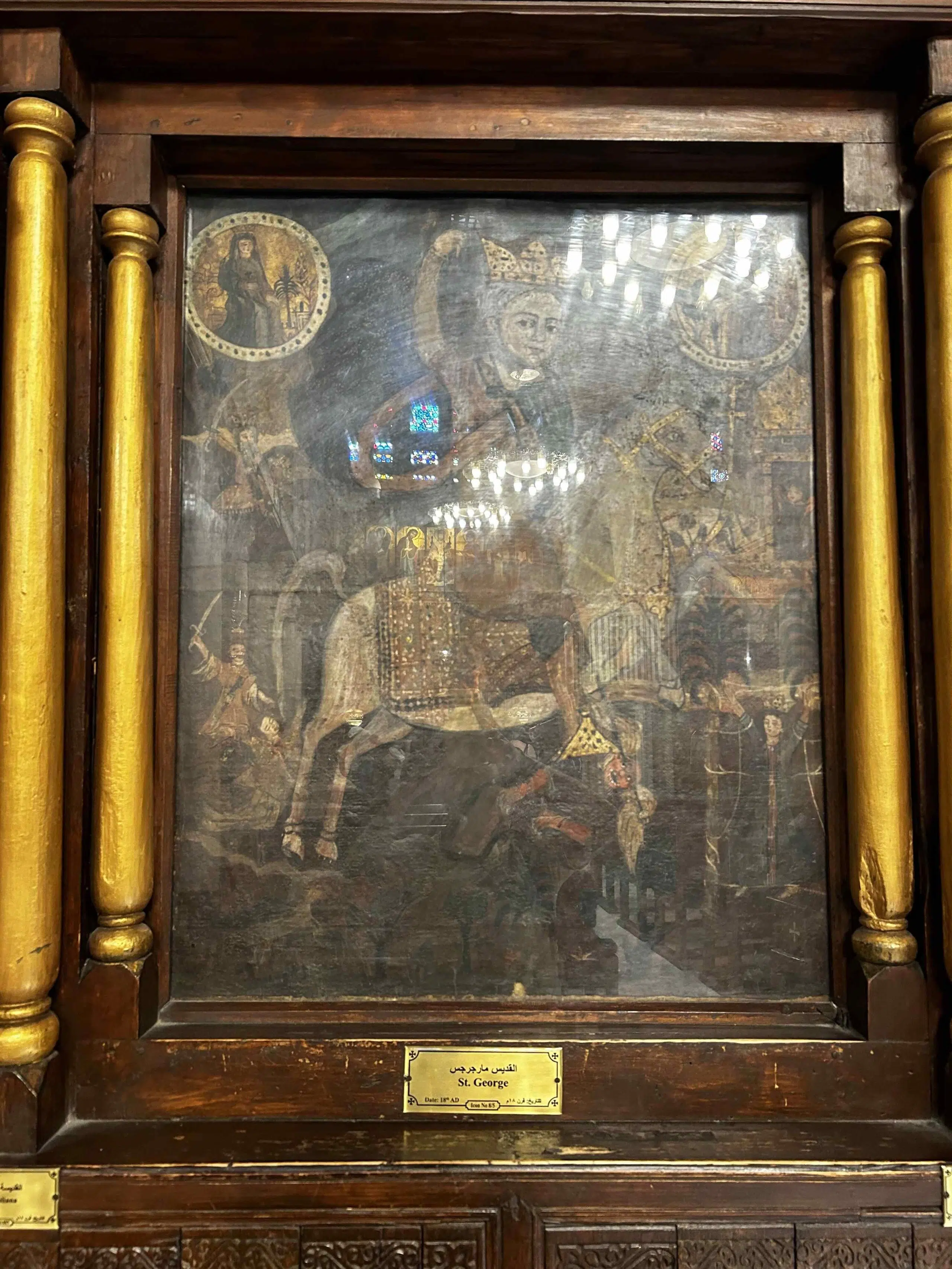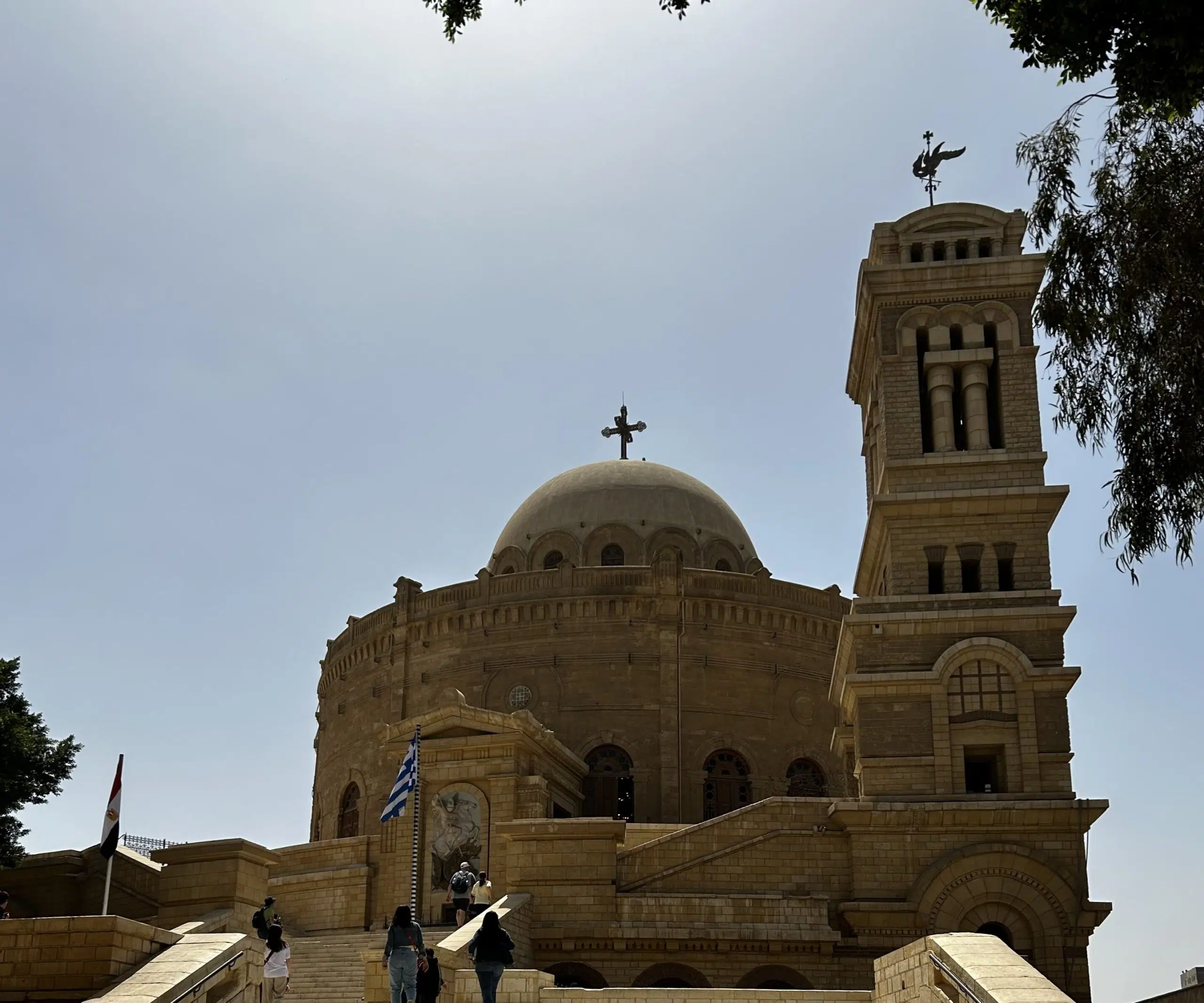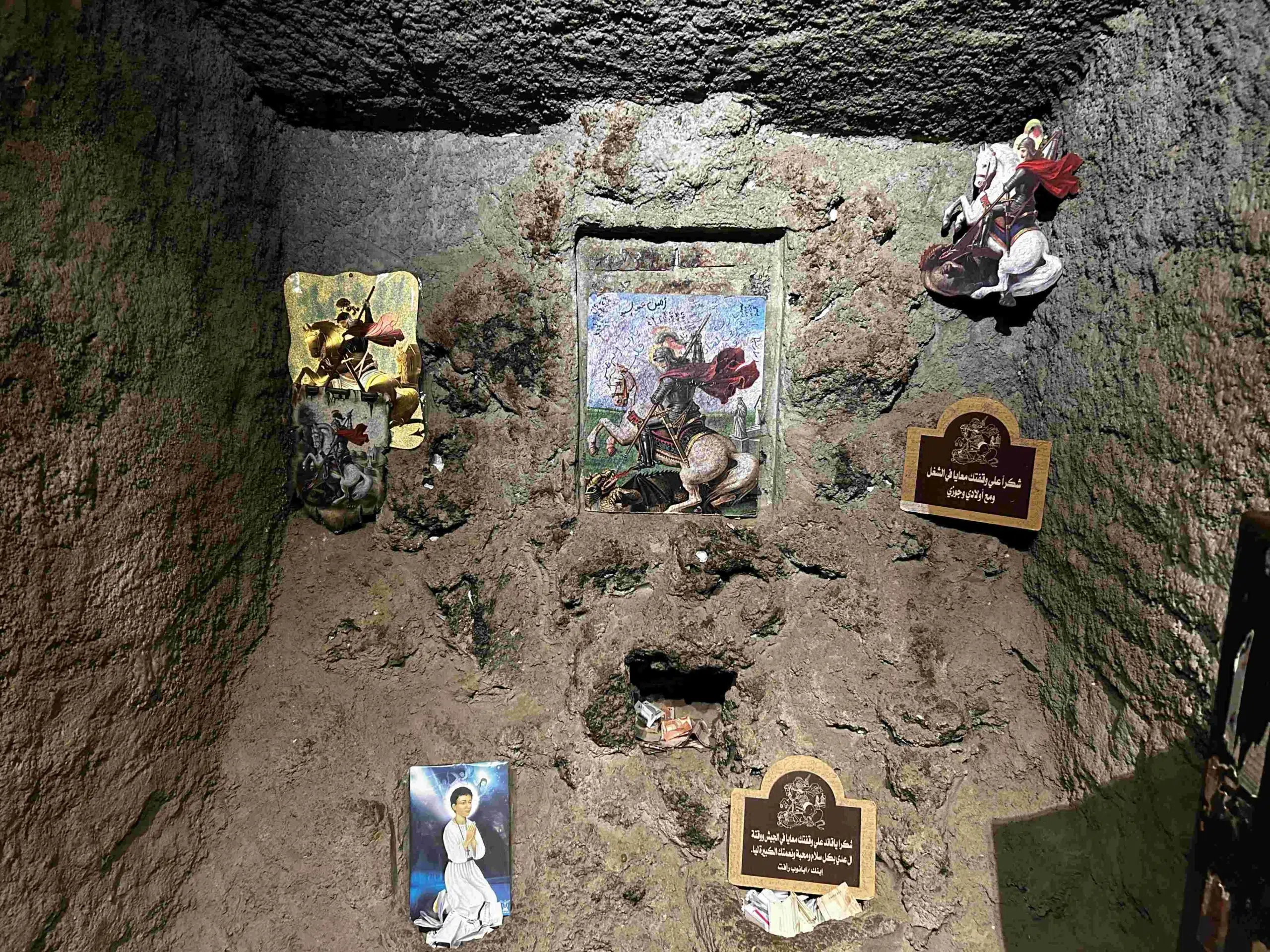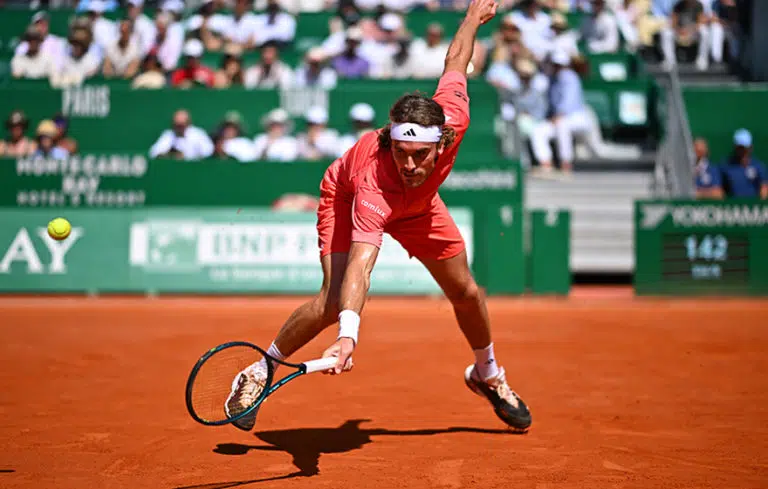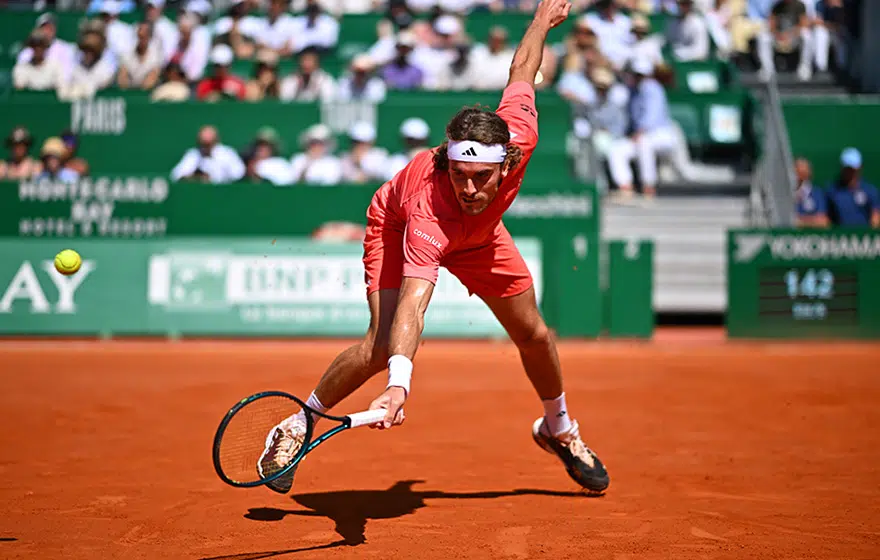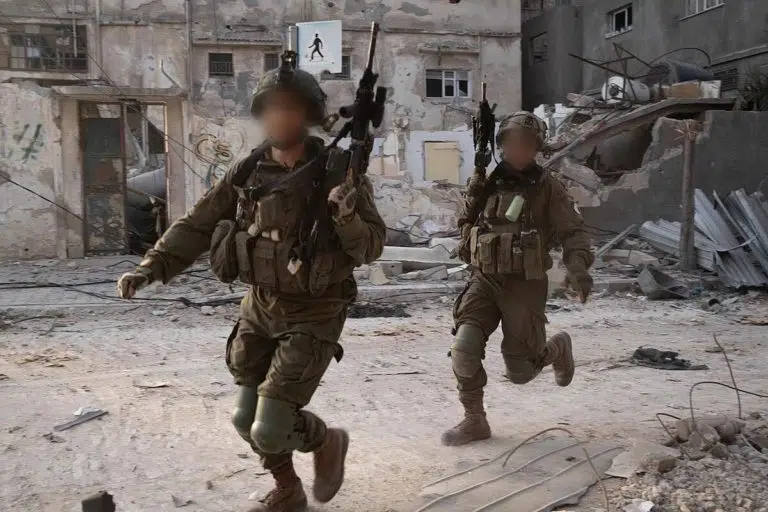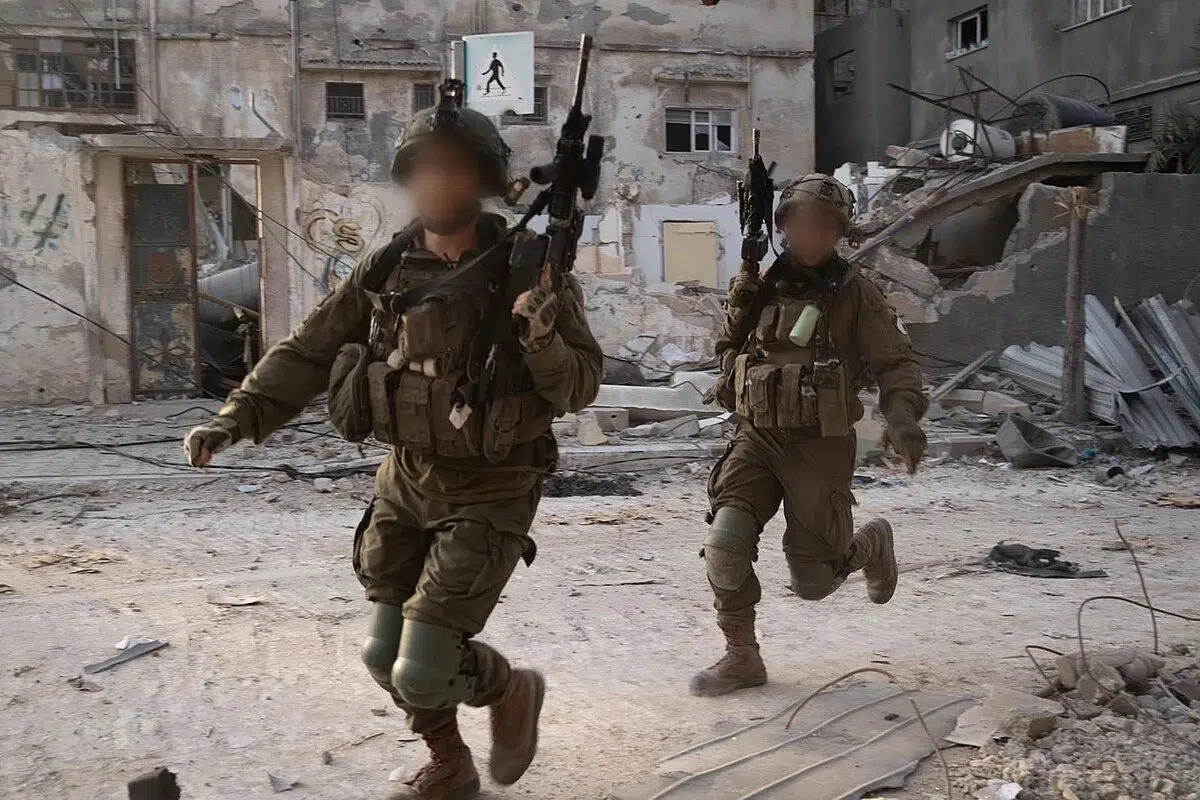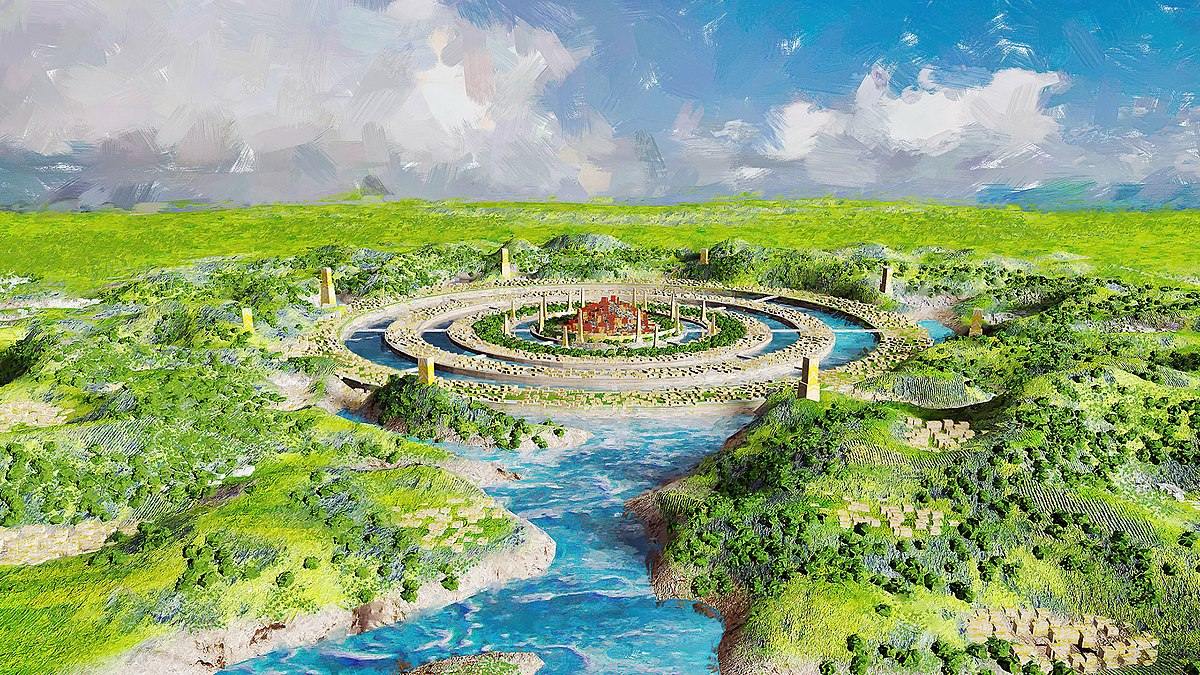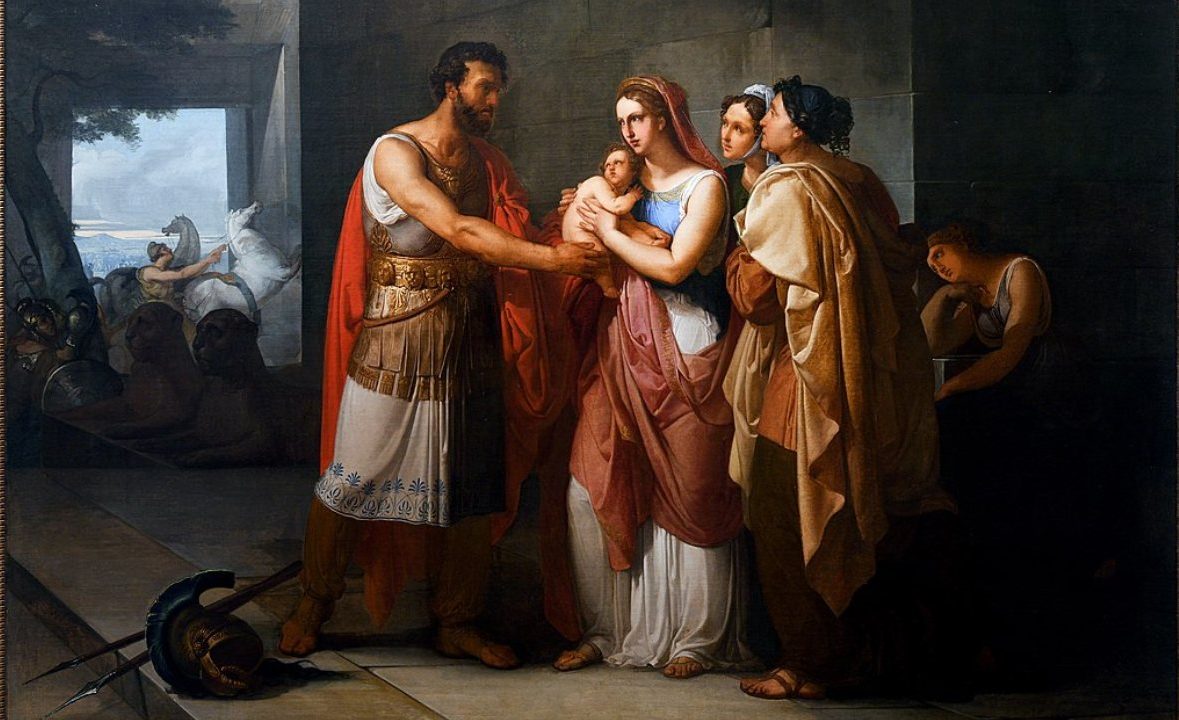
The words of the ancient Greek author Homer have echoed across the centuries. His magnum opus, the Iliad, which recounts the semi-mythical siege of Troy, is a tale of gods and demi-gods who tread the battlefield alongside larger-than-life mortal heroes.
Despite these features, which characterize the Iliad as a literary epic of divine proportions, Homer’s story is also profoundly human, and no story contained within it is more moving or tragic than that of Hector and Andromache.
Hector was a prince of Troy and no doubt the greatest hero among the Trojans during the decade-long war with the Greeks. Andromache was a princess of Cilician Thebe and the wife of Hector. They had an infant son named Astyanax.
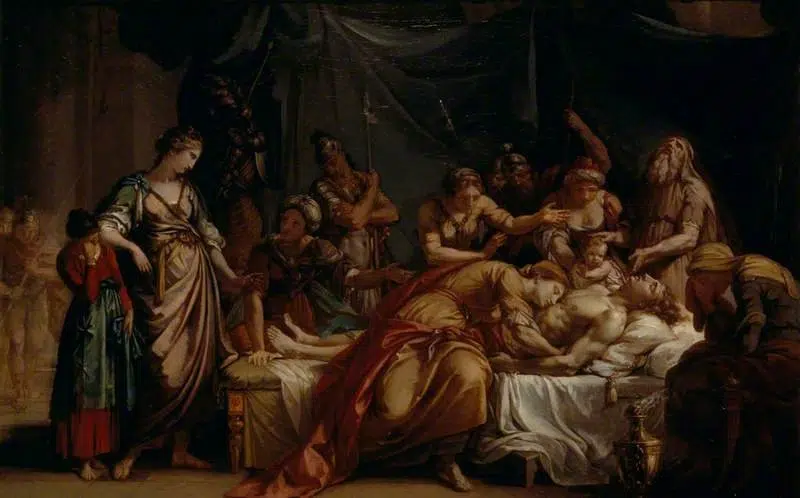
Hector and Andromache and the Iliad’s emotional resonance
Amidst the chaos of war and moments of divine intervention, Homer was able to capture the hopes and fears of a husband and wife in a brief moment of respite between the fighting.
The moment occurs when Hector returns to the battlements of Troy for a short rest after yet another hard round of fighting with the Achaean Greeks. His wife Andromache comes to meet him, accompanied by their infant son and his nurse.
By this point of the story, Andromache has already endured tremendous personal losses, with most of her family and loved ones having been slain by the Greeks. Her father and all seven of her brothers were killed by Achilles, the most skilled warrior in the Greek army.
Andromache, fearful that Hector will meet the same fate, pleads with her husband to pull away from the fighting. “Dearest, your own great strength will be your death, and you have no pity on your little son, nor on me, ill-starred, who soon must be your widow…Please take pity upon me then, stay here on the rampart, that you may not leave your child an orphan, your wife a widow.”
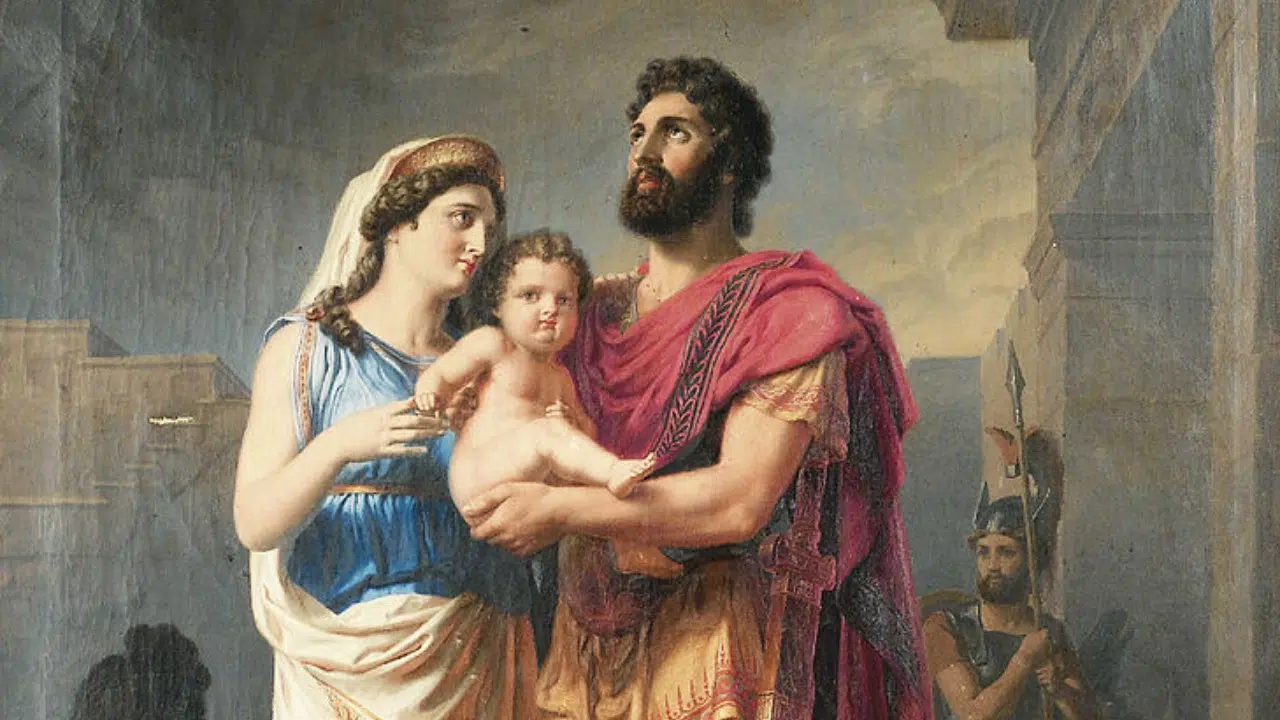
However, Hector is compelled by his honor and love for his fellow Trojans to continue fighting. He answers, “All these things are in my mind also, lady; yet I would feel deep shame before the Trojans, and the Trojan women with trailing garments, if like a coward I were to shrink aside from the fighting.”
Hector, who is much troubled by the future, then shares his fears with Andromache that Troy will fall and that she will be taken into captivity as a slave by the victorious Greeks.
The moment is given a light touch of humor when Hector reaches out to his son who is afraid of his father’s helmet and begins to cry. Homer describes it thus:
So speaking glorious Hector held out his arms to his baby, who shrank back to his fair-girdled nurse’s bosom screaming, and frightened at the aspect of his own father, terrified as he saw the bronze and the crest with its horse-hair, nodding dreadfully, as he thought, from the peak of the helmet. Then his beloved father laughed out, and his honored mother, and at once glorious Hector lifted from his head the helmet and laid it in all its shining upon the ground. Then taking up his dear son he tossed him about in his arms, and kissed him, and lifted his voice in prayer to Zeus and the other immortals: “Zeus, and you other immortals, grant that this boy, who is my son, may be as I am, pre-eminent among the Trojans, great in strength as I am, and rule strongly over Ilion; and some day let them say of him: ‘He is better by far than his father,’ as he comes in from the fighting; and let him kill his enemy and bring home the blooded spoils, and delight the heart of his mother.”
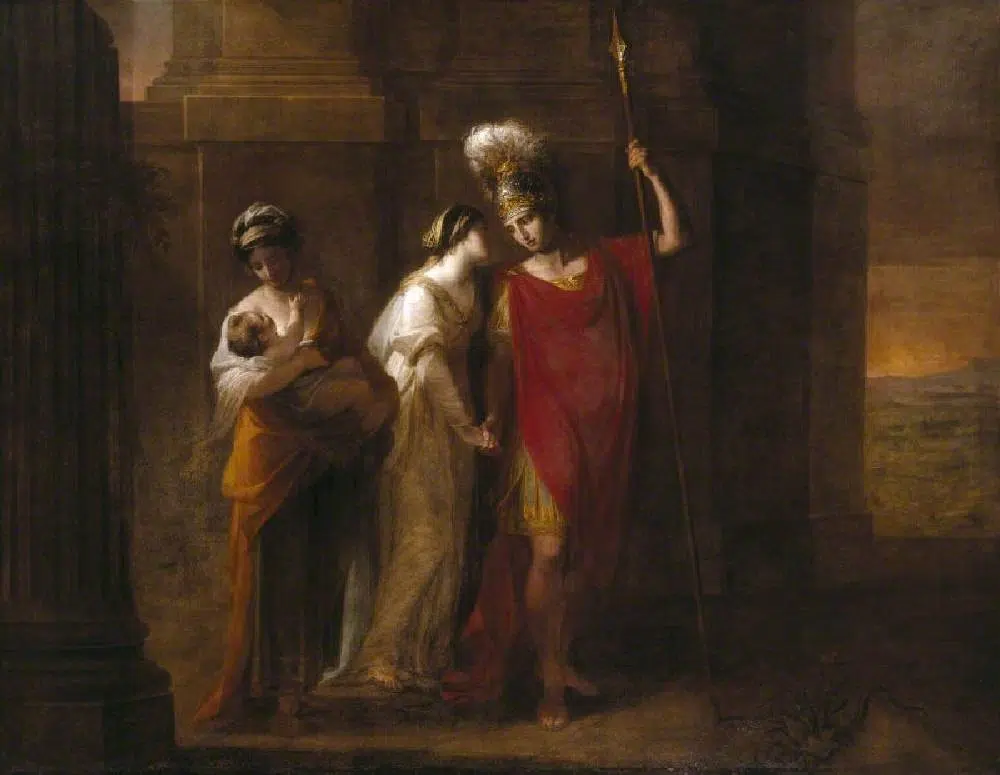
A tragic fate
Homer’s depiction of this scene between Hector and Andromache bears an even greater emotional resonance given their eventual tragic fates at the end of the Trojan War.
Hector is indeed killed. After the death of Patroclus induces Achilles to return to the battlefield following a long period of sulking, he faces Hector in a duel and slays him.
Andromache reacts to her husband’s death with spontaneous and intense grief. She then leads the Trojan women in the traditional mourning and lamentation rituals. Her own fate, not long after Hector’s death, is not any less tragic.
There are various accounts as to the death of Hector and Andromache’s son Astyanax after the fall of Troy. The most famous, as recounted by the Little Iliad and Pausanias, is that Andromache attempted to hide the infant in Hector’s tomb. However, he is discovered by the Greeks who are nervous he will come of age and avenge his father.
To prevent this, the Greeks decide to murder the infant, and Neoptolemus (also called Pyrrhus) throws Astyanax off the walls of Troy. Neoptolemus then takes Andromache as a captive back to Greece, and she is forced to marry the man who murdered her son, bearing him three children.



